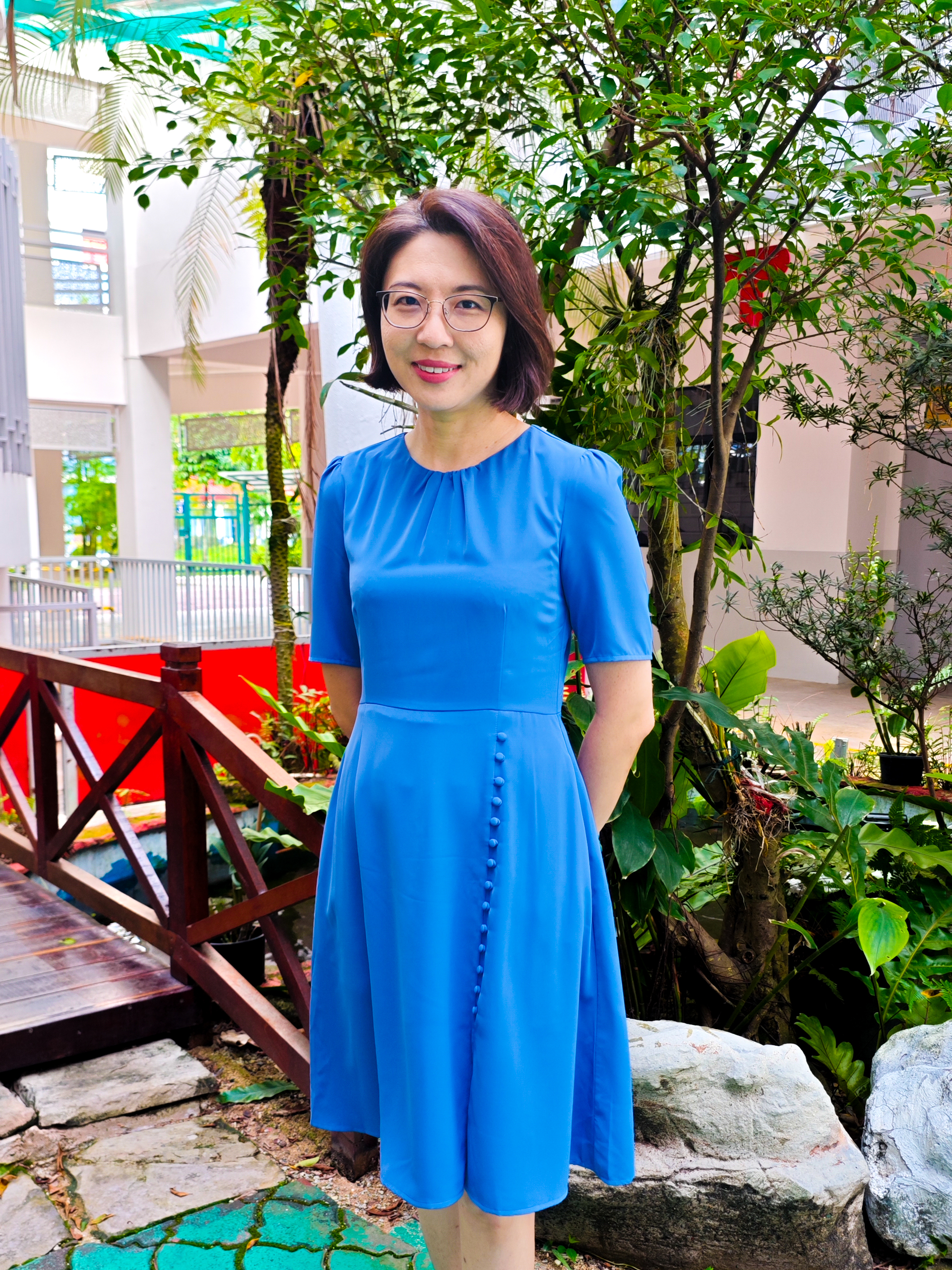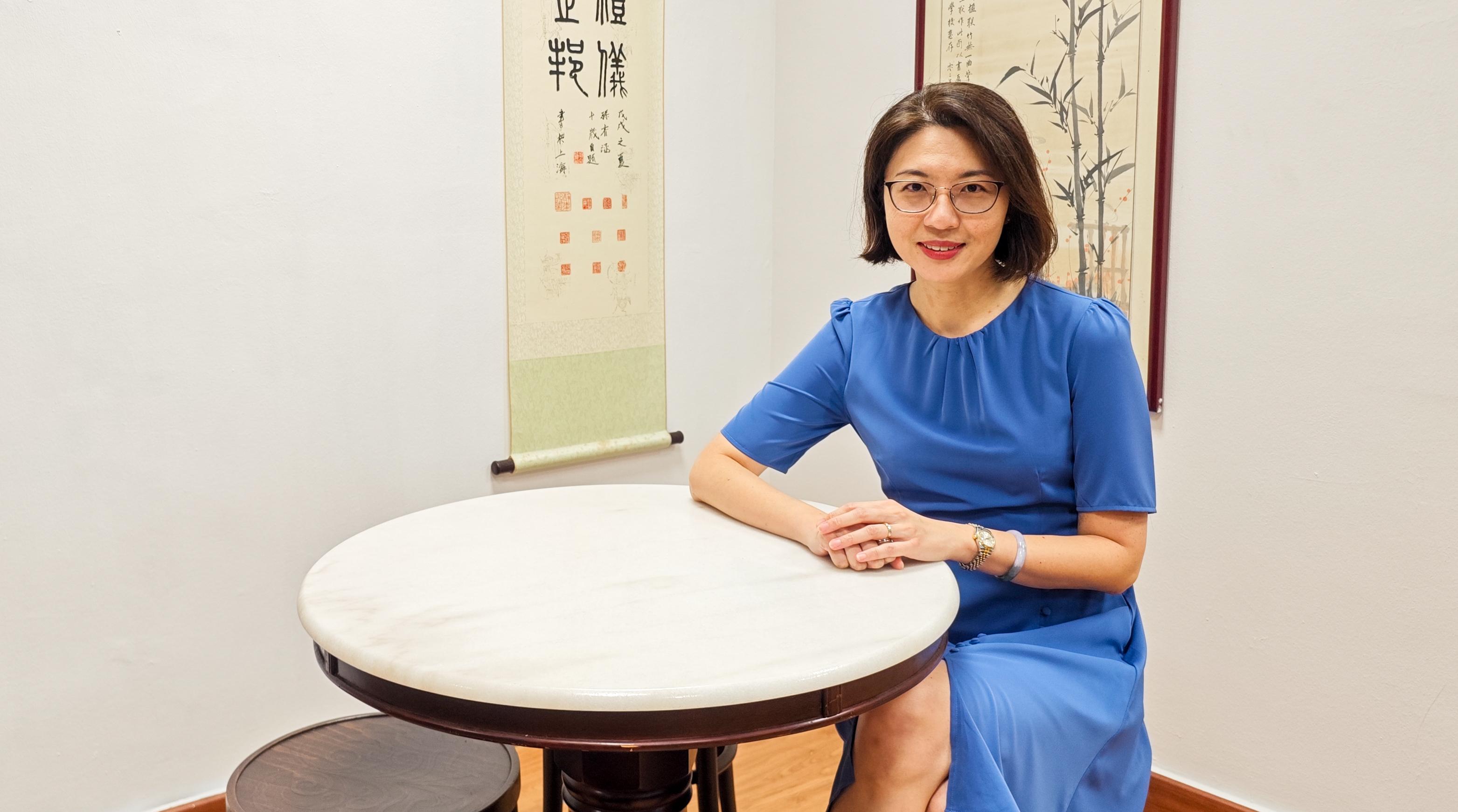Principal's Message 校长献词
校长献词
|
作为培青学校第十七任校长,我深感荣幸。在过去漫长的106年里,培青学校培养了无数代的莘莘学子。我衷心感谢历任学校领导和教师,感激他们多年对学校和教育事业的卓越贡献。 迈入新的学年,我们满怀激动与期待,欢迎每一位师生回到培青学校——一个充满学习与成长无限可能的地方。今年,我们将以价值观为核心,充分发挥我校双语双文化环境的优势,为学生的未来做好准备。通过深入了解自身文化,学生将更自信、更具底气,能够与全球多元文化背景的人有效沟通,成为全球化社会中积极贡献的一员。 |

|
在这个瞬息万变的时代,我们的教育必须确保学生能够在充满不确定因素的未来中继续茁壮成长。我们的课程旨在培养学生的创造力、适应能力和批判性思维能力,这些都是21世纪成功的关键技能。除了追求学术卓越,我们还致力于培养自信、坚韧的未来人才,使他们无论身处何种领域,都具备引领创新的能力。
作为一所特选学校(SAP),我们将继续秉承优良校风与核心价值观——忠、孝、节、义、勤、慎、诚、朴。这些价值观不仅是我们教育工作的基础,更是我们对每一位培青学子的期望。它们将引领学生在校期间的成长,并伴随他们一生,帮助他们成为有道德、有同理心、对社会积极贡献的全球公民。我们也将与家长紧密合作,共同营造一个重视品德修养的学习环境。
小学教育是学生成长与学习的启蒙阶段,也是他们接受正式学校教育的起点。在这段关键的学习旅程中,我们鼓励每一位培青学子抱着对学习的热忱,秉持孜孜不倦的态度与百折不挠的决心,迎接未来的机遇与挑战。对于各位家长和监护人,我们衷心感谢您将孩子的教育重任托付于我们。我们期待与您携手合作,共同支持孩子的全面发展。
林紫萱
校长
培青学校
Welcome Message from the Principal

It is my privilege to take on the appointment as the 17th Principal of Poi Ching School. The school has nurtured multiple generations of students over the past 106 years, and I would like to express my heartfelt gratitude and appreciation to the school leaders and staff – both past and present – for their immense contribution to the school over the years.
As we step into a new academic year, it is with great excitement and optimism that I welcome each of you to Poi Ching School, a place of learning, growth, and boundless potential. Our shared journey this year will be shaped by our commitment to prepare our pupils for a dynamic future, grounded by a values-driven education, and the unique opportunities afforded by our bicultural environment.
In a world that is rapidly evolving, the education we provide must prepare our students to thrive in dynamic and uncertain futures. Our curriculum is designed to cultivate creativity, adaptability, and critical thinking—skills essential for success in the 21st century. Beyond academic excellence, we aim to nurture individuals who are future-ready, equipped with the confidence and resilience to lead and innovate in any field they choose to pursue.
At the heart of our school lies a steadfast dedication to values-driven education. Our core values of Loyalty, Filial Piety, Integrity, Justice, Diligence, Prudence, Sincerity, and Modesty (忠孝节义 勤慎诚朴) are the foundation of all that we do. These values will guide our students not only during their time here but throughout their lives, shaping them into ethical, compassionate, and socially responsible global citizens. Together, we will foster an environment where character is celebrated as much as achievement.
Additionally, as an SAP school, our emphasis on bicultural education reflects our recognition of the richness of diverse cultures and perspectives. By embracing both local and global viewpoints, our students gain a deeper appreciation of their heritage while developing the skills to engage meaningfully with the world. This dual focus equips them to bridge cultures, communicate effectively across boundaries, and contribute to the interconnected global community.
As we embark on this exciting journey together, I encourage every student to embrace the opportunities ahead with curiosity and determination. To parents and guardians, I extend my gratitude for entrusting us with your children’s education, and I look forward to working hand in hand with you in supporting them in their holistic development.
Together, let us make this academic year one of growth, collaboration, and success, as we prepare our students to lead meaningful lives and make a positive impact on the world.
Mrs Soh-Lim Tzyy Shiuan
Principal

